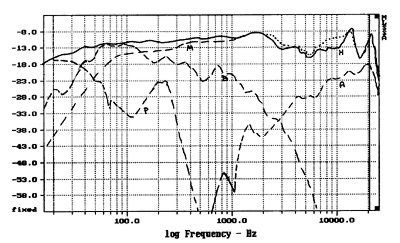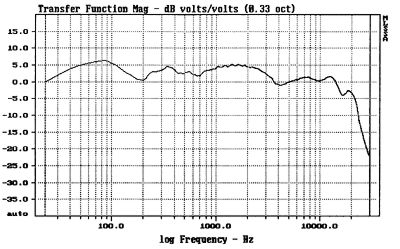Lloyd,
Andy Payor says lots of nice thinks about actives in the interview referred above, but he also is very clear:
" I make it a point to affirm that the active Arrakis has no “subwoofer” section, but that the extremely light, very compliant, low-distortion twin 15” woofers, each with approximately four cubic feet of volume, should be viewed as the foundation of the system, not merely an adjunct to extend bass. Because we are not attempting a lawless coercion of nature to extend the bass response, the integration is exceptional."
This is what you must look for in your system. A system and room with exceptional integration of bass, more than quantity and ultra-flat response. Just MHO.
Thanks, Micro. Agree...was just wondering if this active crossover was part of designing that. Having spoken with a few more people, i am starting to think even if well executed (which i feel confident it would be by the Wilson guys)...it could be a very nice step forward but not a quantum leap.
















